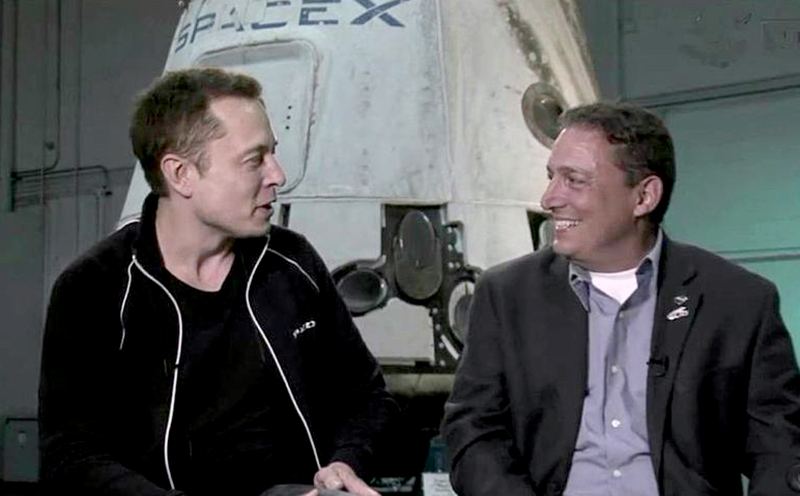Recently, Forbes published a list of 10 Things Only Bad Bosses Say. While most of us have ‘bad boss experiences’ in the past, so we may relate, this article got me thinking about some of the things great leaders say to inspire and motivate their teams. Here are some of my favorites.
“Here’s why…”
When a team member makes a mistake, or does not understand the reason for a decision or a protocol, especially if you didn’t make that rule, it may be tempting to just say, ‘sorry, I don’t make the rules.’ That helps no one. We achieve better results when we help the person understand the reason for the guideline or protocol and how it connects with the overall company vision. They still may not like it, however, they deserve to understand. The takeaway here benefits both of us. We offer them an opportunity to connect deeper with the vision, and they have the opportunity to choose if this is a vision they want to work toward.
“What do you need?”
Sometimes, we come up against something we don’t feel capable of achieving, for whatever reason. We don’t see a solution, we don’t have the proper training or we’re genuinely confused. When one of our team members comes to us with that issue, we have a few different choices. We could just leave them to figure it out, or we could help them think through the process of finding a solution.
The benefit of the second option is that we get insight into how that person approaches a challenge. Understanding this helps us, as leaders, better train and resource that person going forward. They find a solution, and we have a better-equipped and better-connected team member.
“What do you think?”
This question is along the same lines as the previous idea. As the leader of a team, when we choose not to listen to feedback and ideas from that team, we are limiting our potential and tying our “lid” to only our own thinking. However, when we open up the floor to different ideas, suggestions and methods, we dramatically increase our capacity for daily success.
Another priceless benefit of this question, when we choose to actively listen, is that it creates a safer environment for innovation and increases the trust on the team. We may not always agree with the ideas, however, when we give each due consideration, it increases the likelihood that everyone on the team will remain engaged in the process of finding and implementing the best solution to the challenge at hand.
“What are our options?”
Maybe you’ve heard some version of the phrase: ‘Don’t bring me a problem without a solution’ or ‘Stating a problem without a solution is just whining.’ While these phrases do encourage people to be solution-minded, they also create a progress gap, which often leads to very poor outcomes.
Consider this: what if a person on your team sees a problem, yet is not able come up with an immediate solution… Should they wait to present the problem? Just keep quiet about it until they have a workable solution? Or, would it be better for them to give voice to their concern and work on a solution with the rest of the team?
It’s in this spirit that ‘What are our options?’ becomes a powerful, inspiring question. Instead of demanding solutions we may not have, we start the conversation with the emphasis on what we do have: potential options. Beginning with a positive question more often leads to a positive solution. Beginning with a negative challenge often leads to idea gridlock, because people are less likely to offer ideas when they feel they won’t measure up.
“Tell me more…”
If you have good people working in key positions on our team, sooner or later one or more will challenge the status quo. They will ask a question or make a suggestion that tests the accepted ‘way things are done.’ While this suggestion may not be the best way to go, it may well be better than how things have been done. When we fail to consider these ideas, we miss opportunities to grow, to get better and be more successful.
Some of the very best people are inherently wired to make things better. That’s when they’re at their best. When we stifle that by arguing tradition or habit, we artificially limit their ability to add value to our operation. The plain fact is, ‘how we do it now’ is not how it’s always been done. Someone very much like the person currently suggesting their version of a better way, created the current protocol by making some else better.
In this situation, even when we have our doubts, we are much more successful when we ask to hear more before making a decision how to proceed. ‘Tell me more’ only offers better understanding, and that’s never a bad thing.
What do you think? As a leader or a team member, what are some questions we may want to add to this list?

What transformational leaders see
When we’re considering a vision or looking ahead at a goal, how can we know if it will be “good,” or it will be “transformational?” What makes the difference? What pushes us over the tipping point from being effective managers to becoming inspiring...

How leading at every level turns customers into fans
Recently, I stopped by a new restaurant in town. It was a fast casual joint, famous for great burgers and delicious shakes, so we decided to give it a try. We arrived anticipating a delicious meal and a tasty treat, however, we did not expect a shining...

How transformational is your vision? Take the quiz!
If we want to accomplish things we have never done, to go from where we are to where we want to be, we must expand our beliefs about our abilities, our focus, and our efforts. We must transform our vision and shift our thinking in a way that makes it all...

Shaun White: a Gold Medal Lesson in What Separates Failure and Success
For this article, I invited my friend and colleague, E. Adam Porter, to share his thoughts on leadership after this week’s remarkable Winter Olympic competition. Even if you knew next to nothing about champion snowboarder, Shaun White, you knew there was...


0 Comments